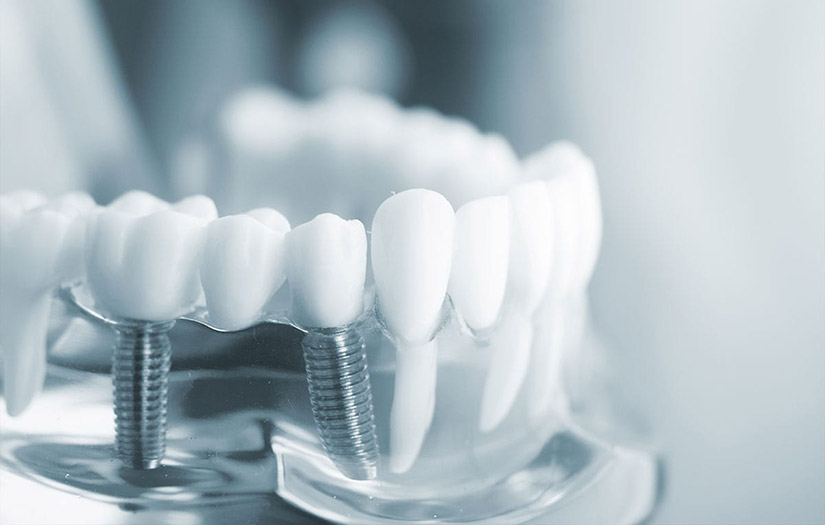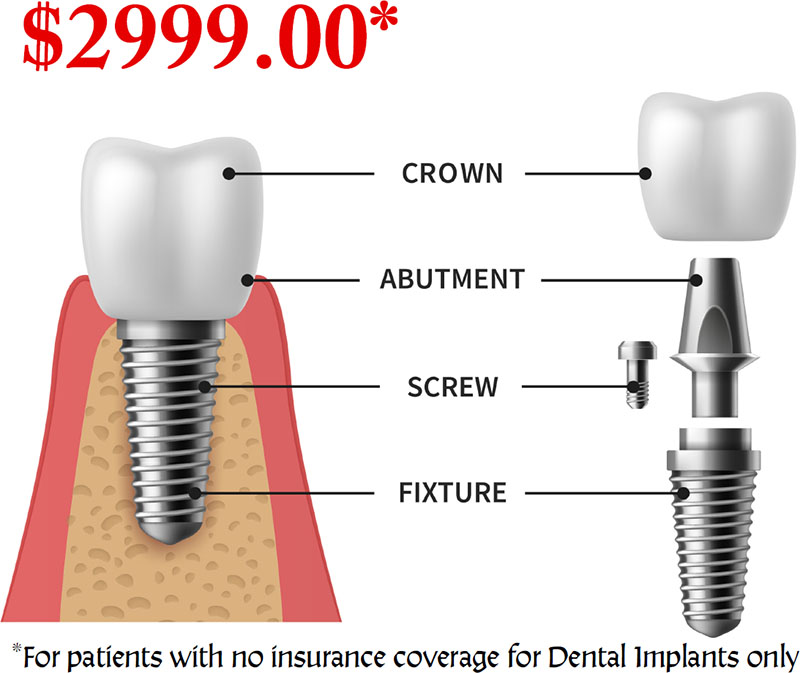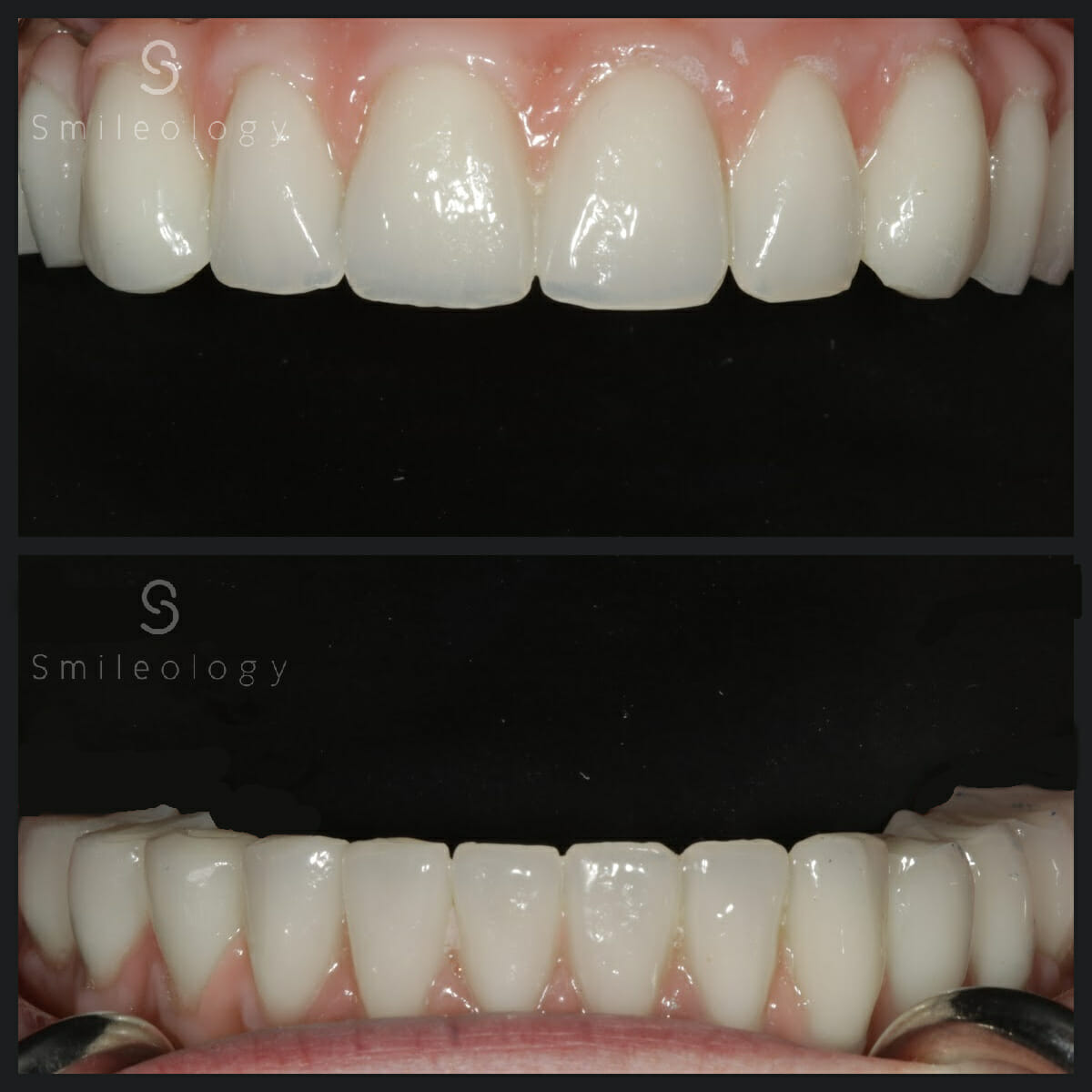Restore Your Confidence with Dental Implants Kent: Know-how You Can Count On
Restore Your Confidence with Dental Implants Kent: Know-how You Can Count On
Blog Article
Experience the Most Recent Technologies in Dental Implants Modern Technology
As the field of dentistry continues to evolve, the innovations in oral implant technology have actually been nothing brief of exceptional. The integration of modern technology is reinventing the functionality of oral implants, promising boosted results and patient satisfaction.
Advanced Products for Improved Longevity
In the realm of oral implants innovation, the assimilation of advanced products has actually significantly added to enhancing toughness and durability of these essential oral prosthetics. The application of materials such as titanium alloys, zirconia, and ceramic substances has actually changed the area by offering enhanced resistance, stamina, and biocompatibility to deterioration.
Titanium alloys are extensively used in dental implants as a result of their outstanding strength-to-weight proportion, corrosion resistance, and compatibility with the human body. These alloys make certain the security and longevity of the implant by withstanding the forces put in throughout eating and talking, providing a trustworthy remedy for patients seeking long lasting tooth replacements.
Zirconia, a type of ceramic material, has gotten popularity for its biocompatibility and all-natural tooth-like appearance. Its high toughness and resistance to wear make it a suitable choice for oral crowns and bridges, enhancing the total aesthetic appeals and functionality of the implant.

Digital Imaging for Exact Positioning
The development of dental implants technology has even more advanced with the integration of electronic imaging strategies, making certain accurate placement of these prosthetics for optimal functional and visual end results. Digital imaging plays a critical role in the planning and positioning of oral implants by supplying comprehensive 3D photos of the client's jawbone framework. This innovation allows dentists to analyze bone density, locate vital frameworks, and prepare the exact placement and angle for implant placement with unequaled accuracy.
By utilizing electronic imaging, dental professionals can develop online surgical guides that work as a roadmap during the dental implant placement treatment. These guides are personalized for each and every individual, considering their distinct anatomy and the wanted outcome. This degree of precision not just enhances the success rate of oral implant procedures yet also minimizes the risk of complications.
Furthermore, electronic imaging makes it possible for dentists to picture the last prosthetic repair before the real positioning of implants, enabling thorough planning and making certain that the result fulfills the client's visual assumptions. Generally, the integration of electronic imaging modern technology has transformed the area of oral implants, offering patients a much more foreseeable, effective, and patient-specific treatment technique.

Minimally Invasive Surgical Methods


Improvements in surgical methods have resulted in the growth of minimally intrusive strategies in the area of dental implantology. These techniques intend to minimize injury to the person, reduce recovery times, and boost total treatment outcomes. Minimally invasive medical treatments include smaller lacerations, specialized instruments, and advanced imaging technologies to specifically put dental implants with minimal disturbance to bordering cells.
One key aspect of minimally invasive methods is making use of directed surgical treatment, where 3D imaging and computer-aided design software are utilized to plan the dental implant placement with terrific accuracy. This permits for an extra predictable outcome and can usually get rid of the need for comprehensive flap surgical procedure.
In addition, improvements in products and dental implant layout have also added to the success of minimally intrusive strategies. Implants with boosted surface area buildings promote much faster osseointegration, minimizing the healing time required before the prosthetic reconstruction can be placed.
3D Printing for Custom-made Solutions
Utilizing 3D printing technology in oral a fantastic read implantology enables the development of highly tailored remedies customized to individual person demands and anatomical variations. This cutting-edge modern technology allows oral experts to make and make oral implants with phenomenal precision and accuracy. By using digital imaging strategies, such as cone beam of light calculated tomography (CBCT), in-depth 3D versions of the patient's mouth can be generated to lead the dental implant intending process.
One of the crucial advantages of 3D printing in dental implantology is the capacity to produce patient-specific implants that completely fit the one-of-a-kind makeup of each person. This see here personalized strategy helps improve the general success and durability of the dental implant their explanation by ensuring optimal fit and alignment. Additionally, 3D printing enables the manufacturing of complicated geometries and elaborate structures that would be difficult or challenging to accomplish making use of typical manufacturing techniques.
Furthermore, 3D printing innovation allows dental practitioners to streamline the implantation process, decreasing surgery time and enhancing total individual experience. With its capability to develop tailored options promptly and efficiently, 3D printing is transforming the area of oral implantology, offering clients innovative therapy options and boosted end results.
Integrated Modern Technology for Improved Performance
Implementing sophisticated technology in oral implantology enhances capability and precision, boosting the requirement of care for patients undergoing implant treatments. Integrated technology plays a vital function in boosting the overall success and durability of dental implants.
Moreover, the integration of computer-aided design and computer-aided production (CAD/CAM) innovation enables the development of custom implant reconstructions with exceptional accuracy. CAD/CAM systems utilize digital impacts to design prosthetics that completely fit the person's special anatomy, making sure optimal comfort and performance. Additionally, using robotic-assisted surgical treatment in implant positioning boosts accuracy and minimizes the risk of human error.
Final Thought
In final thought, the most up to date innovations in oral implants modern technology offer boosted sturdiness through sophisticated products, precise placement with electronic imaging, minimally invasive medical techniques, personalized solutions with 3D printing, and improved capability with integrated modern technology - Dental implants Kent. These innovations in oral implants technology are changing the field and offering clients with more reliable and efficient therapy options for recovering their smiles and dental wellness
The assimilation of modern technology is transforming the performance of oral implants, guaranteeing boosted results and patient fulfillment.
The evolution of dental implants technology has additionally advanced with the integration of digital imaging strategies, ensuring exact placement of these prosthetics for optimum useful and visual end results. Minimally intrusive surgical procedures entail smaller sized incisions, specialized tools, and progressed imaging innovations to precisely position oral implants with minimal interruption to surrounding cells.
Implementing cutting-edge modern technology in dental implantology enhances capability and precision, elevating the criterion of treatment for people going through dental implant treatments. Dental implants Kent. Integrated innovation plays a vital function in improving the general success and durability of dental implants
Report this page